As a first-time homebuyer, there are many things to consider, from finding the right mortgage lender to picking the perfect neighborhood. Many new homeowners need to pay more attention to an important aspect of understanding utility bills and how to get electricity connected. Utility bills are a significant expense that you will incur every month, and understanding them can help you save money in the long run.
In this comprehensive guide, we will explain utility bills, how they are calculated, and provide tips on saving money. We will cover the basics of electricity, gas, water, and other utilities, so you will clearly understand what you are paying for.
Locating Your Energy Meters
Before you can begin to understand your energy bills, it’s essential to locate your energy meters. This section will guide you through finding energy meters in your new home.
Electricity Meter
The electricity meter is typically found in a cupboard, under the stairs, or in the hallway. In some properties, it may be located outside the house. Contact your energy supplier for guidance if you need help locating your electricity meter.
Once you have found the meter, you will see a digital or mechanical display with numbers. This display shows how much electricity you’re using and the unit cost. The meter may also have a flashing light indicating your energy usage.
Gas Meter
The gas meter is usually outside your home, often in a meter box attached to an external wall. It may also be located under the stairs, in a cupboard, or the garage. Again, if you need help to locate your gas meter, contact your energy supplier for guidance.
The gas meter will have a mechanical or digital display showing the units of gas used and the cost. The dial on the meter moves as you use gas. Note the readings on your meter, which will be helpful when you receive your energy bills.
Water Meter
The water meter is typically located outside the property, often near the pavement or driveway. It may be found in a meter box or a manhole cover. Some properties may not have a water meter, and you will be charged a fixed rate.
The water meter has a mechanical or digital display showing the units of water used and the cost. As with the gas meter, note the readings on your meter, which will be helpful when you receive your water bills.
Understanding Your Energy Supplier and Tariff
This information is crucial in helping you manage your energy costs and ensuring that you are appropriately charged.
Finding Your Energy Supplier
Your energy supplier is the company responsible for providing your gas and electricity. As a first-time buyer, you may need to be made aware of your energy supplier, but you can find out by checking your latest energy bill.
Understanding Your Tariff
A tariff is the rate at which you are charged for your energy consumption. Understanding your tariff is crucial in managing your energy costs. There are several types of tariffs, including:
Fixed Tariff
This tariff means that the rate you pay for your energy will remain the same for the duration of the contract, usually one or two years.
Variable Tariff
This tariff means the rate you pay for your energy can fluctuate according to market conditions.
Economy 7 Tariff
This tariff offers lower rates for energy consumed at night and higher rates during the day.
Dual Fuel Tariff
This tariff combines your gas and electricity bills into one payment.
Comparing tariffs and choosing the best that suits your needs is essential. You can do this by checking your energy bills or contacting your supplier.
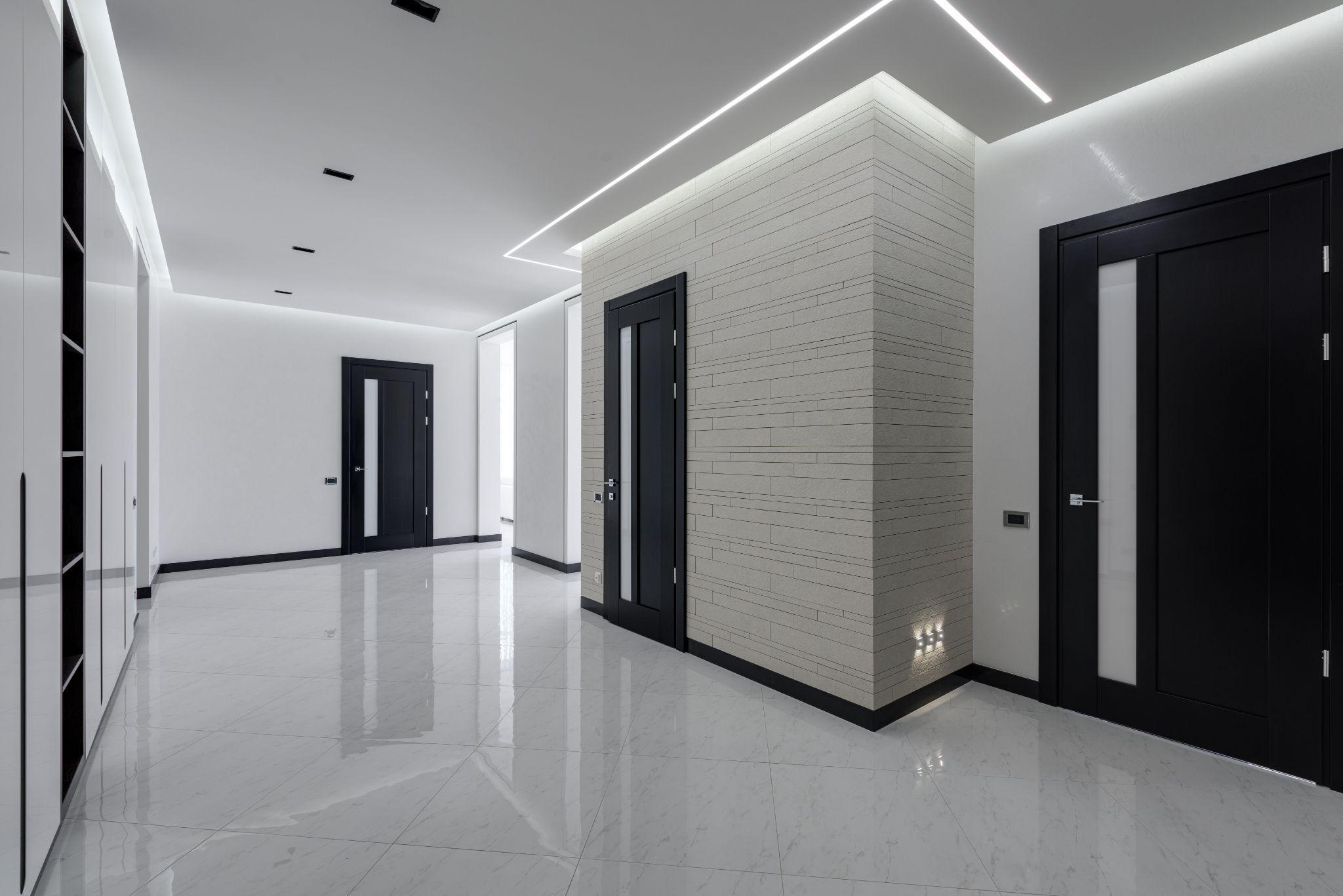
Saving Money on Your Energy Bills
Now that you understand how to locate your energy meters and read your energy bills, it’s time to start saving money on your energy bills.
Switch Energy Suppliers
Switching energy suppliers is one of the easiest ways to save money on your energy bills. You can compare energy prices online and find the best deal for your energy usage. Make sure you switch to a supplier that offers the best rates and deals.
Use Energy-efficient Appliances
Another way to reduce energy bills is to use energy-efficient appliances. When buying new appliances, ensure they are energy-efficient and have an A++ rating. This will help you save money on your energy bills in the long run.
Use a Smart Meter
Smart meters can help you keep track of your energy usage and identify areas where you can save energy. Using a smart meter, you can monitor your energy usage and change your energy consumption to save money.
Insulate Your Home
Insulating your home can help you reduce your energy bills by keeping your home warm in the winter and cool in the summer. You can insulate your home by adding loft insulation, cavity wall insulation, and draught-proofing your doors and windows.
Use LED Light Bulbs
LED light bulbs are energy-efficient and can help you save money on your energy bills. They last longer than traditional light bulbs and use less energy to produce the same amount of light.
Other Important Information to Consider
Aside from understanding your energy meters, supplier, and tariff, there are other important factors to consider when it comes to your utility bills as a first-time buyer.
Payment Method
Different payment methods for energy bills include direct debit, payment on bill receipts, and prepaid meters. Direct debit is the most common payment method and can often save you money, as suppliers offer discounts for customers who use it. Ensuring you have enough money in your bank account to cover the payments is important.
Water Bills
Water bills are another essential aspect of your utility bills as a first-time buyer. As mentioned earlier, installing a water meter may save money on your water bills. It’s also important to be mindful of your water usage, such as taking shorter showers and fixing leaks.
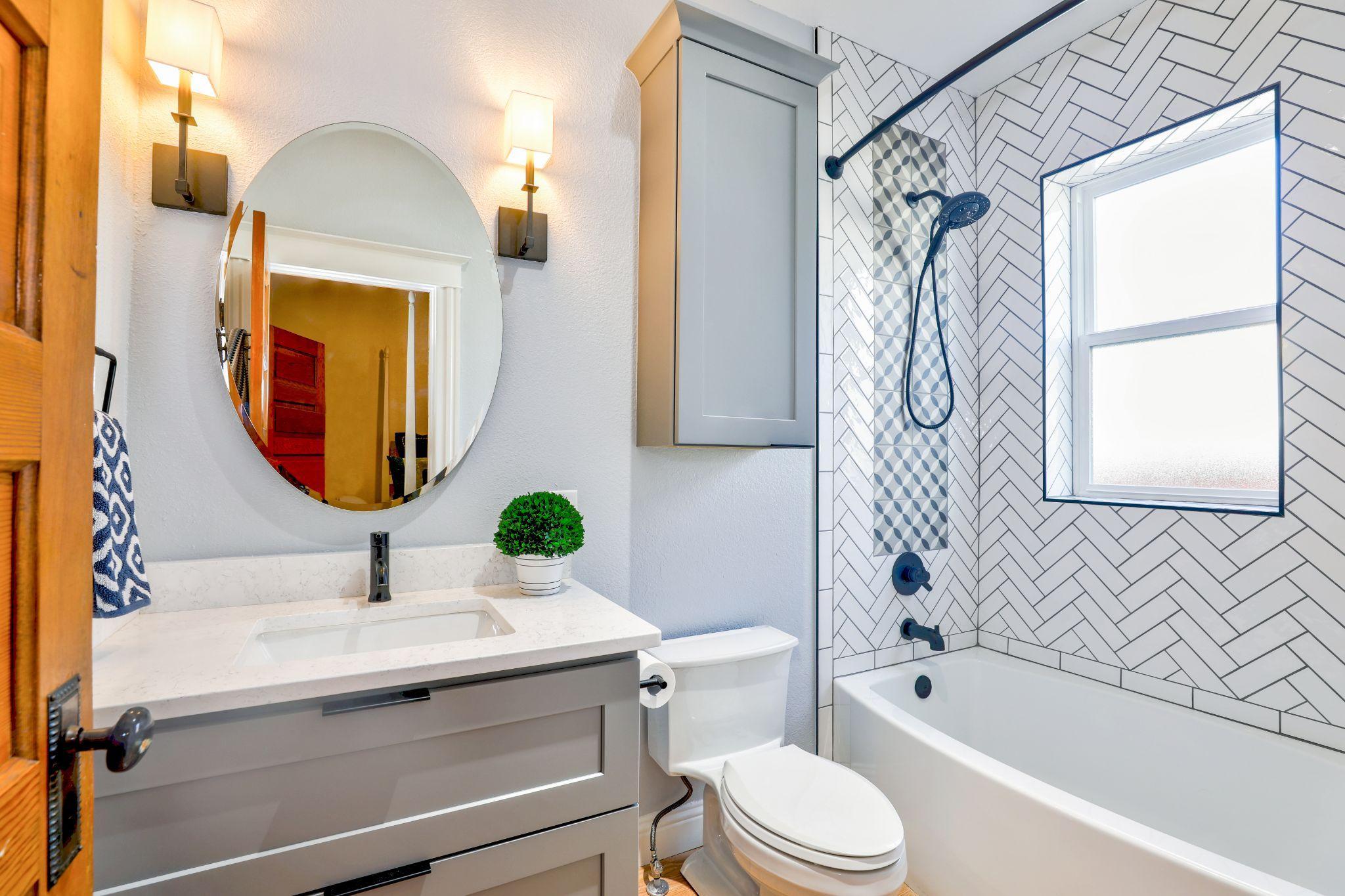
Conclusion
Understanding your utility bills as a first-time buyer is crucial to ensure you are not overpaying for energy usage. By following the steps outlined in this guide, you can easily locate your energy meters, understand your supplier and tariff, and save money on your bills. With this knowledge, you can make informed decisions and take control of your energy usage and spending.










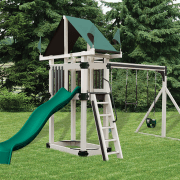
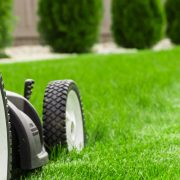

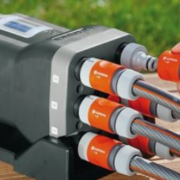
[…] before it is too late. If not, you might start dealing with other damages in your house, high utility bills, and costly repairs when you finally decide to have it […]